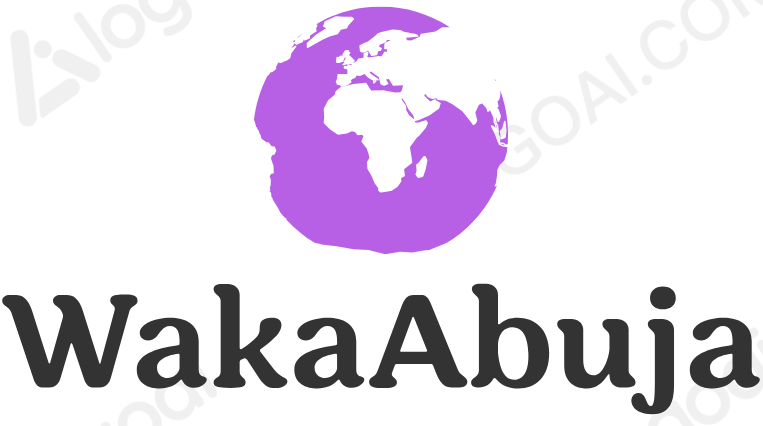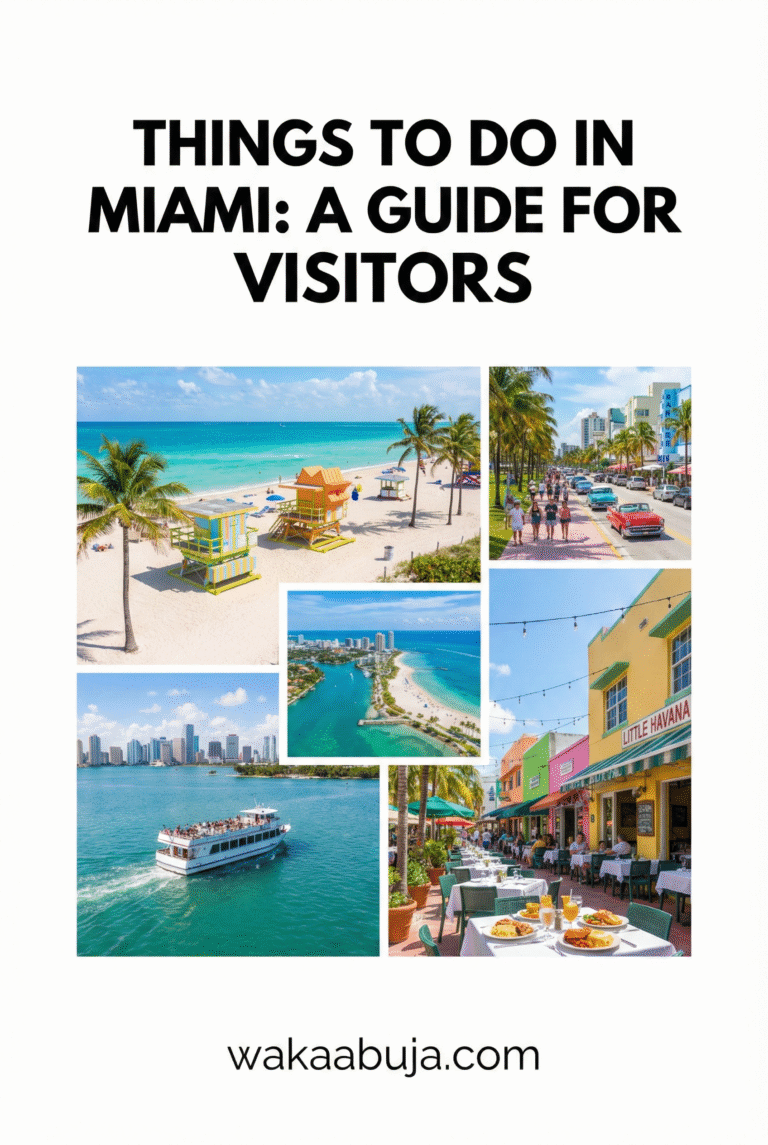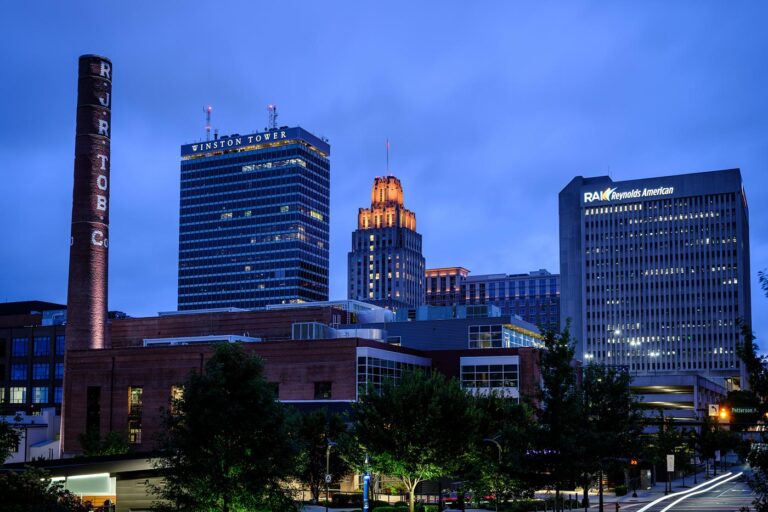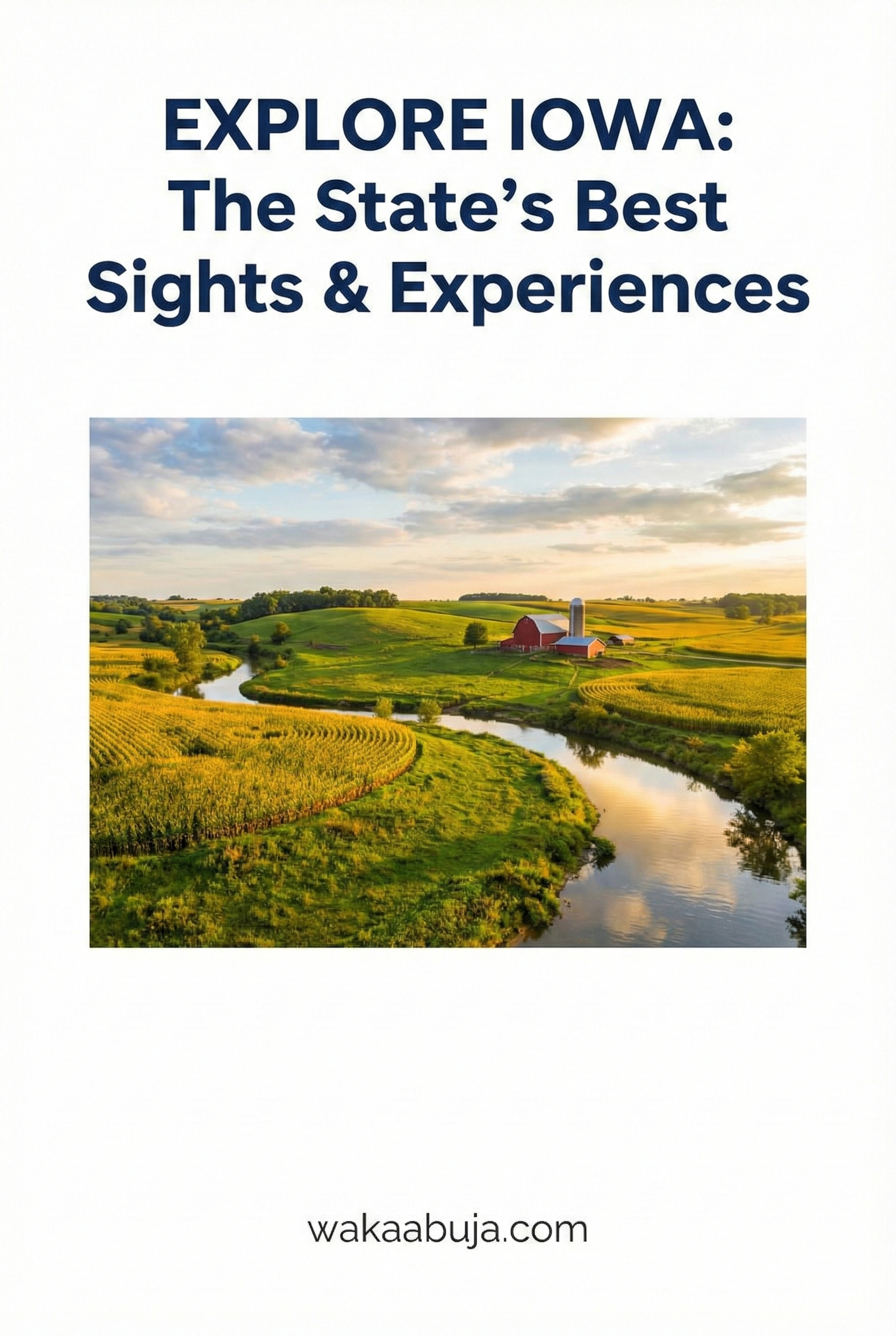Why Visit Philadelphia?
Philadelphia offers a compelling mix of groundbreaking American history, diverse neighborhoods, fantastic food, and arts that makes it much more than your average city break.
From walking the historic Freedom Trail to savoring authentic Philly cheesesteaks, here’s everything you need to know to make your visit both memorable and safe.
Top Things to See and Do in Philadelphia
Based on my personal exploration, these attractions offer a perfect starting point for any visitor:
Historic District & Independence Hall
Step back in time at the Independence National Historical Park. Seeing the Liberty Bell and touring Independence Hall where the Declaration of Independence was signed is a moving experience I recommend booking early for.
Philadelphia Museum of Art & Rocky Steps
Besides admiring thousands of art pieces inside, don’t miss running up the iconic Rocky Steps for panoramic views. This spot provides a fantastic blend of culture and fun, and I loved the vibe around the museum on quiet mornings.
Reading Terminal Market
This bustling indoor market is a food lover’s heaven. Try local specialties like Amish baked goods or the famous Philly cheesesteak from Carmen’s. It’s a great place to mingle with locals and sample diverse flavors.
Spruce Street Harbor Park
Relax here during warmer months with vibrant waterfront views, hammocks, and food stalls. I returned here multiple times for chill evenings that perfectly captured Philadelphia’s friendly spirit.
Where to Stay: Neighborhood Recommendations
Choosing a neighborhood depends on your interests and budget. Here’s what I found most practical and enjoyable:
Center City (Downtown)
Ideal for first-time visitors who want walkable access to major sights, restaurants, and nightlife. I stayed here for convenience and appreciated the easy transit connections.
Fishtown
A trendy area perfect for those who enjoy a vibrant arts scene, indie cafes, and craft breweries. It’s a little more offbeat and great for a youthful, creative crowd.
University City
Home to the University of Pennsylvania and Drexel University, this neighborhood offers a mix of budget-friendly options and cultural activities. It’s quieter but well-connected by public transit.
Typical Costs and Suggested Budgets for Philadelphia Trips
Based on my recent visit, here’s a breakdown to help you budget realistically:
Money-Saving Tips for Philadelphia Travelers
- Book historic attraction tickets online in advance for discounts.
- Visit free or donation-based museums on designated days.
- Use SEPTA’s weekly or daily transit passes instead of single rides.
- Explore food markets like Reading Terminal for affordable, high-quality meals.
- Stay slightly outside Center City to save on lodging without losing easy access.
How to Get Around Philadelphia Like a Local
During my stay, I found the following transit options most efficient:
- SEPTA Transit System: Buses, subways, and trolleys cover the entire city and suburbs efficiently. Get a SEPTA Key card or visitor pass for ease.
- Bike Shares: Indego bike stations pepper the city for quick rides especially in Center City and near parks.
- Walking: Many neighborhoods like Center City and Old City are highly walkable, perfect for sightseeing.
- Rideshare & Taxi: Readily available, but I preferred transit due to traffic and parking challenges.
Best Time to Visit Philadelphia
Sitting in the mid-Atlantic, Philadelphia experiences all four seasons distinctly:
- Spring (March to May): Mild weather with blooming parks, fewer crowds, and outdoor events making it my favorite season to visit.
- Fall (September to November): Crisp air, colorful foliage, and lots of festivals. A fantastic period for culturally immersive trips.
- Summer (June to August): Warm but can be humid. Great for outdoor dining and harbor parks but prepare for larger crowds.
- Winter (December to February): Cold and occasionally snowy. Perfect for museum visits and festive holiday market experiences but dress warmly.
Traveling to Philadelphia
The Philadelphia International Airport (PHL) is the main gateway, well-connected domestically and internationally. Amtrak trains also connect Philadelphia with New York City and Washington DC, making it accessible by rail for eastern US visitors. I found the train scenic and convenient, especially if you want to avoid city traffic.
Exploring Beyond Philadelphia
For day trips, consider:
- Valley Forge National Historical Park: A short drive offering Revolutionary War history and hiking trails.
- New Hope: Charming riverside town with galleries and antique shops.
- Longwood Gardens: Spectacular botanical displays about an hour away, perfect for nature lovers.
Recommended Tours to Enhance Your Visit
Historic Walking Tours
To deeply understand Philadelphia’s role in American history, I joined a guided walking tour of Old City that expertly wove stories and places together.
Foodie Tours
These tours introduce you to Philly’s culinary scene—from cheesesteaks to hoagies—with stops at markets and hidden gems.
Art & Murals Tours
Philadelphia’s street art is vibrant and historic. I enjoyed a local-led mural tour that brought the city’s stories to life through its walls.
How Long Should You Stay in Philadelphia?
For a thorough exploration without rushing, plan for at least three to four days. This timeframe covers the city’s essentials with some time for day trips. I found a four-day itinerary offers balance between museums, walks, and indulgent meals.
Personal Insights and Pro Tips
- Always carry a reusable water bottle; Philadelphia taps water is excellent and free refills are available in many cafes.
- Download the SEPTA app before arriving to check live transit updates — I relied on it heavily for seamless travel.
- Avoid driving in downtown unless absolutely necessary; parking is expensive and scarce.
- Stay alert in busy tourist spots; while Philadelphia is generally safe, petty theft can occur.
- Visit local eateries in neighborhoods like South Philadelphia to experience authentic, less touristy food scenes.
Emergency Contacts and Safety Info
- Emergency Services (Police, Fire, Ambulance): 911
- Philadelphia Police Non-Emergency: +1 215-553-1000
- Nearest Hospitals: Hospital of the University of Pennsylvania (pennmedicine.org)
Philadelphia Travel: Pros and Cons Based on My Experience
Pros
- Rich historical and cultural experiences accessible by foot.
- Affordable compared to other major US cities like NYC or Boston.
- Delicious and varied food culture.
- Well-connected public transportation system.
- Friendly and welcoming locals.
Cons
- Parking and driving downtown can be difficult and costly.
- Some areas require vigilance for petty crime.
- Weather can be unpredictable, especially in transitional seasons.
Explore Philadelphia: Interactive Map
Frequently Asked Questions About Philadelphia Travel
What is the best way to get around Philadelphia?
Public transit via the SEPTA system is your best bet for affordability and coverage. Walking and bike shares are great in Center City. Taxis and rideshares are available but can be costly during peak hours.
When is the best time to visit Philadelphia?
Spring and fall offer the best weather and fewer tourists, ideal for exploring outdoor sites and festivals.
Is Philadelphia safe for tourists?
Philadelphia is generally safe in tourist areas. Usual travel precautions apply: avoid poorly lit or isolated areas at night and keep valuables secure.
How much should I budget for a trip to Philadelphia?
A budget traveler can manage on about $100 per day including accommodation, food, and transport; mid-range travelers should budget around $200–250 daily.
What are must-try foods in Philadelphia?
Don’t miss the iconic Philly cheesesteak, soft pretzels, hoagies, scrapple, and fresh Amish baked goods from markets like Reading Terminal.



